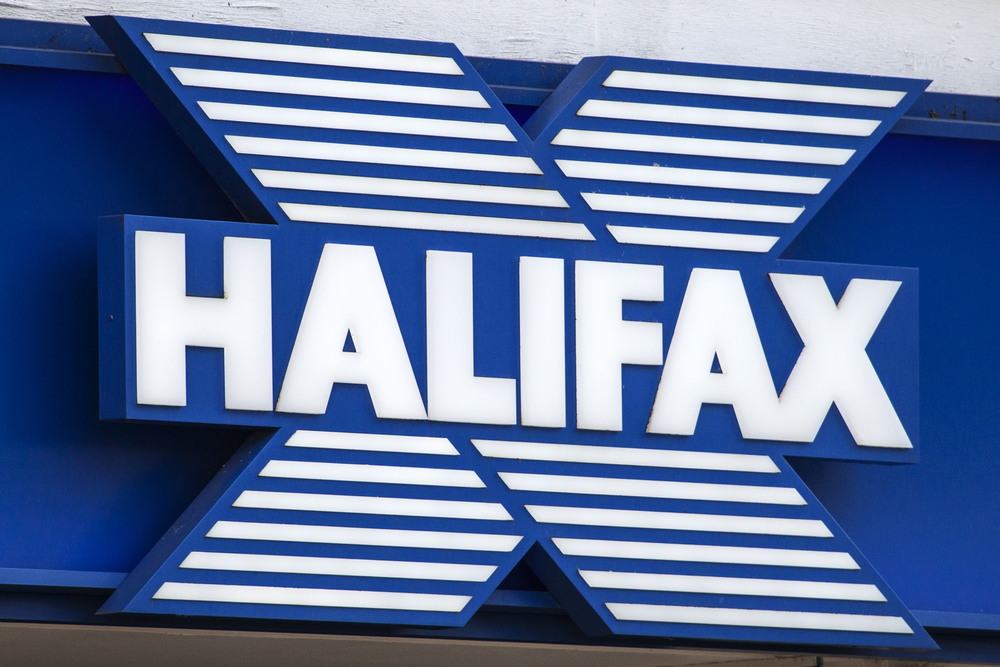
The securitisation market is buoyant and continuing to grow, which is positive news for everyone associated with the mortgage and is a really positive indicator for 2025.
From a securitisation perspective, we came into 2024 following an improved 2022 and 2023, when European Securitisations amounted to circa €203bn and circa €213bn respectively.
Of course, these numbers are significantly down on pre-crisis levels. Since then, we have far more regulation and controls in place, which is really putting the spotlight on quality of lending and risk across Europe and the UK. As a result, it is highly unlikely we’ll ever get back to the levels of 2008, certainly in most reader’s working lifetimes anyway.
On the positive side, 2024 started very strongly and we have continued to see a rise in securitisations throughout the year. Very unusually, even between Christmas and New Year 2023 we saw a Residential Mortgage-Backed Security (RMBS) transaction, followed by two further transactions by Tier 1 banks in early January. This is very unusual, but it put a really good line in the sand, almost indicating to the market to say “2024 will be a great year for transactions”. And this has probably been seen to be true.
As most will know, in simplistic terms, RMBS is where a loan is made and secured on a property by a financial institution and this loan is pooled with others to create an asset that becomes collateral, known as a mortgage-backed security.
This mortgage-backed security is then offered to investors for sale. Going back to 2008, a main issue was that due diligence became very lackadaisical and so investors were paying high prices for poor quality lending. Today, far more detailed due diligence is undertaken pre-transaction, ensuring the correct price is paid for the risk of the portfolio. The price paid for the assets goes back to the originating financial institution, which can then be lent to new borrowers.
Multiple asset types, such as car loans and credit cards, can be securitised, but the most common type of securitisation is still loans secured on properties, hence the “RMBS” abbreviation used to describe these particular assets. In mortgage terms, mixed assets of prime, near prime, specialist, and commercial can be pooled together into a transaction if required and this is where Phoebus can assist clients who offer multiple products, as the Phoebus application supports different loan products and brands on the same multi-tenant solution.
The Asset Backed Securities conference in Barcelona in June was as buoyant as I can remember it in many years. There was a real buzz around the place, with loan originators, investors and other parties to the securitisation process meeting up and working doing deals to provide funding for both new entrants and existing players looking for more funding. It was great to see so many Phoebus clients, partners and contacts there and we have been involved with many transactions that have taken place since.
Most positively, we continue to see RMBS transactions taking place with notable ones being achieved for specialist lenders Keystone Property Finance in buy-to-let and Equifinance in second charges to name a couple of well-known specialist brands.
What these transactions will do is give the market confidence in the fact that the wholesale market model is available for specialist lenders of varying products to utilise. With some transactions now being achieved at under the £250m level, we are also seeing smaller building societies now exploring this model to accompany the retail deposit funded lending it has done traditionally. This could be a game changer for societies that need to drive more profit from their loan books and increase volumes.
In summary, everything is looking very positive for wholesale funding markets and transaction levels in the UK moving into 2025. The economy is in a strong position, and backed by an appetite to lend, this can only boost confidence for our industry moving forward.
Richard Pike is chief sales and marketing officer at Phoebus Software



